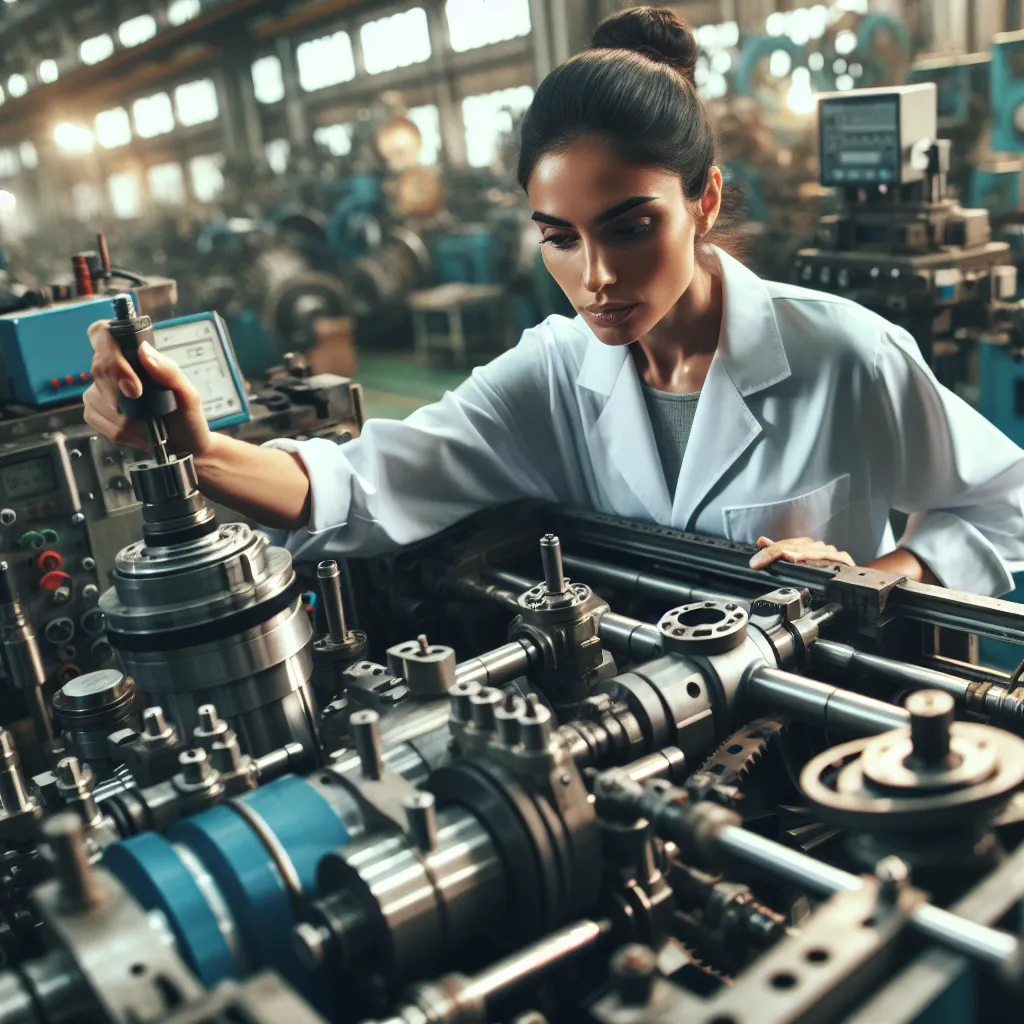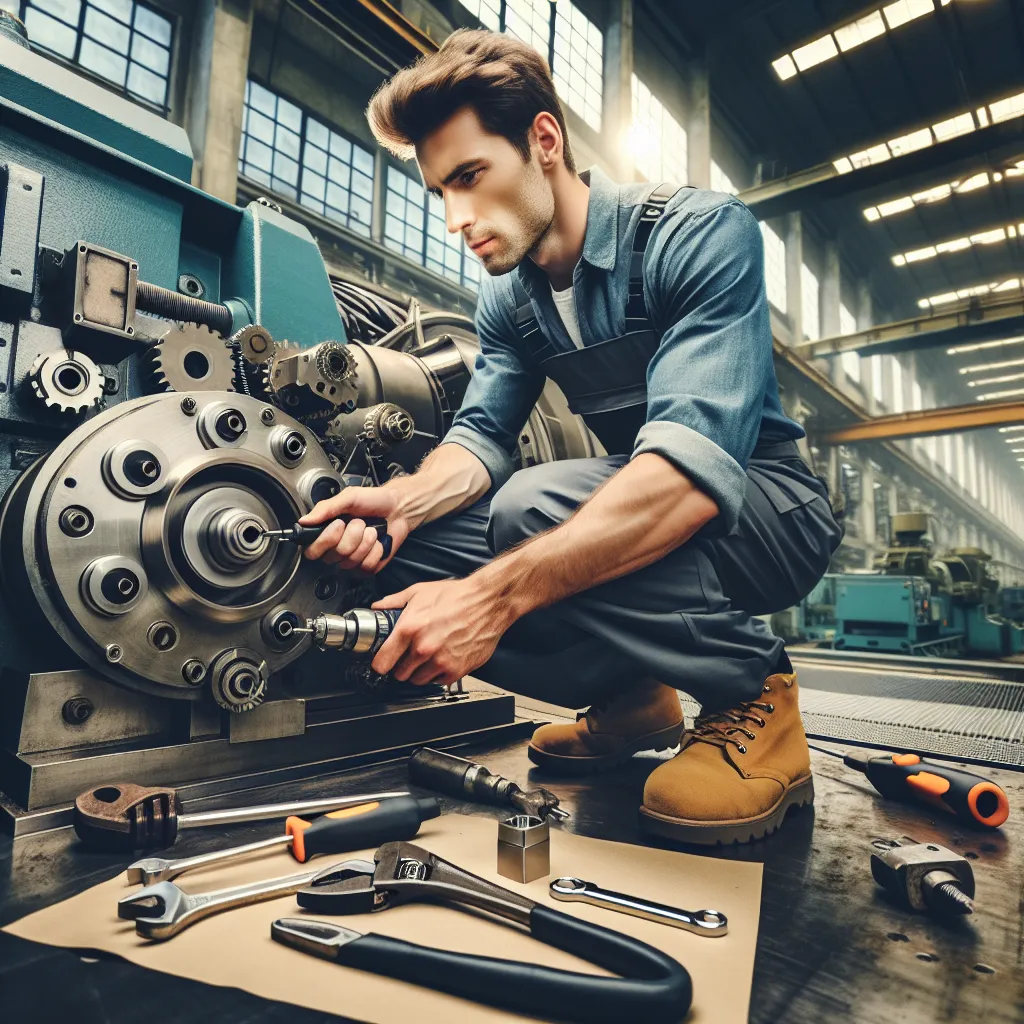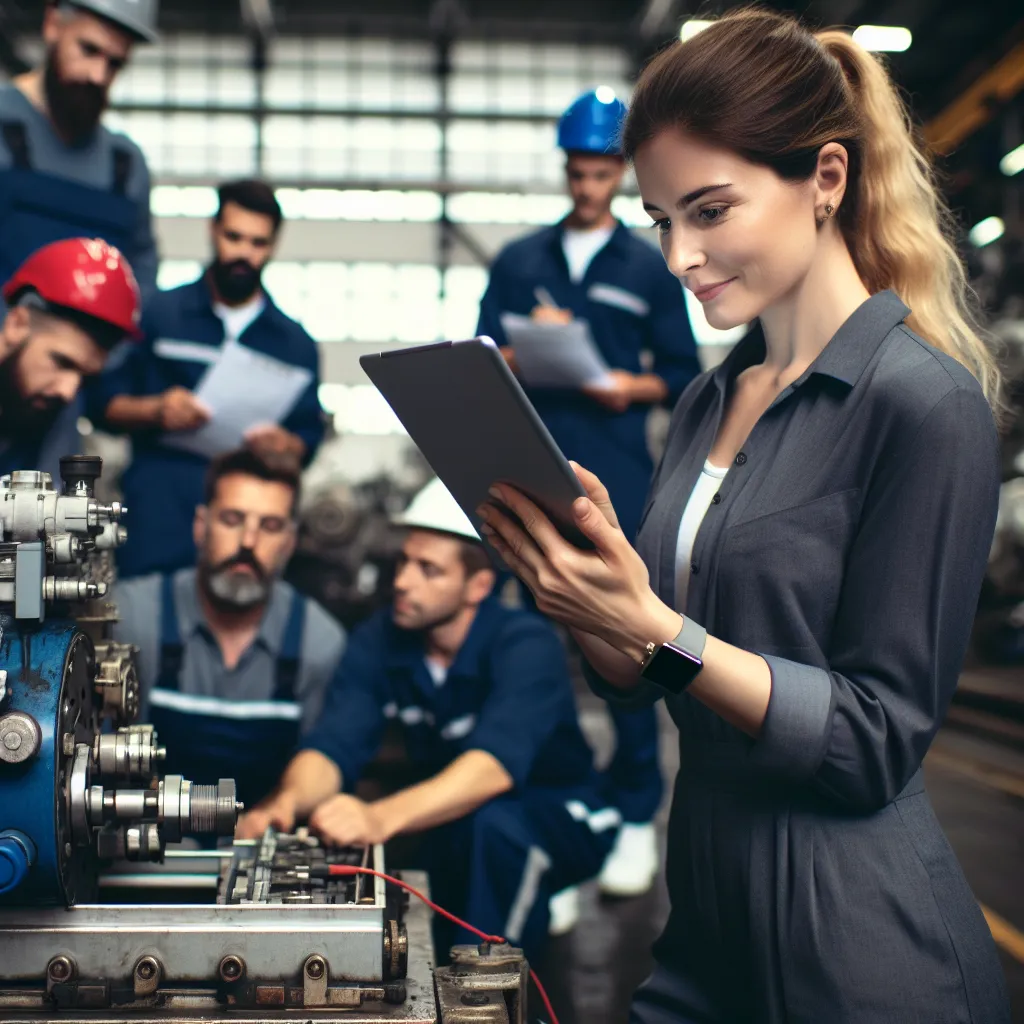The Financial Benefits of Preventive Maintenance in Industrial Settings
Preventive maintenance in industrial settings is crucial for ensuring the smooth and efficient operation of machinery and equipment. However, in addition to enhancing reliability and productivity, preventive maintenance also offers significant financial benefits to organizations. By proactively identifying and addressing potential issues before they escalate into major problems, companies can avoid costly downtime, repairs, and replacements. This proactive approach to maintenance helps in minimizing the risk of unexpected equipment failures, thereby saving substantial amounts of money in the long run.
Moreover, regular preventive maintenance helps in extending the lifespan of industrial machinery and equipment. By conducting scheduled inspections, cleaning, lubrication, and parts replacements, businesses can prevent premature wear and tear, thus reducing the frequency of capital-intensive equipment replacements. This leads to significant cost savings as companies can maximize the utilization of their existing assets and delay the need for new capital investments.
Another financial benefit of preventive maintenance in industrial settings is the improved energy efficiency of equipment. Properly maintained machinery operates more efficiently, consuming less energy and lowering operational costs. This is particularly important in today’s business environment, where energy costs represent a significant portion of the overall operational expenses. By optimizing the performance of industrial equipment through preventive maintenance, companies can effectively reduce their energy bills and improve their bottom line.
In conclusion, preventive maintenance not only ensures the reliability and longevity of industrial machinery but also delivers substantial financial advantages to organizations. The cost savings from reduced downtime, equipment replacements, and energy consumption make preventive maintenance a smart investment for any industrial operation.
Reducing Downtime: The Key Role of Preventive Maintenance
Reducing downtime is a critical aspect of maintaining industrial equipment and machinery. Preventive maintenance plays a key role in achieving this goal by addressing potential issues before they escalate into major problems. By regularly inspecting, cleaning, and servicing equipment, maintenance teams can identify and resolve issues early on, thus minimizing the risk of unexpected breakdowns that result in costly downtime. Additionally, preventive maintenance helps to optimize the performance of industrial machinery, ensuring that it operates at peak efficiency and reliability.
Implementing a proactive maintenance strategy not only reduces the likelihood of unplanned downtime but also extends the lifespan of equipment. By conducting routine inspections and replacing worn components, organizations can avoid sudden failures that lead to production delays and associated financial losses. Furthermore, preventive maintenance enables companies to schedule downtime for maintenance during off-peak hours, minimizing its impact on production schedules.
Incorporating advanced technologies, such as predictive maintenance tools and condition monitoring sensors, can further enhance the effectiveness of preventive maintenance strategies. These tools can provide real-time data on the performance and health of industrial machinery, enabling maintenance teams to identify potential issues and take proactive measures to address them before they cause unplanned downtime.
Ultimately, the implementation of a comprehensive preventive maintenance program is essential for reducing downtime in industrial settings. By staying ahead of potential issues and ensuring the optimal condition of equipment, organizations can minimize disruptions to their operations, improve productivity, and ultimately reduce long-term maintenance costs.
Maximizing Equipment Lifespan: The Impact of Preventive Maintenance
Preventive maintenance plays a crucial role in maximizing equipment lifespan in industrial settings. By implementing a proactive approach to equipment upkeep, companies can significantly extend the operational life of their machinery and assets, ultimately leading to cost savings and enhanced productivity. Regular inspections, lubrication, cleaning, and part replacements are key components of preventive maintenance that directly contribute to the prolonged lifespan of industrial equipment.
One of the primary impacts of preventive maintenance on equipment lifespan is the mitigation of wear and tear. Continuous usage of machinery in an industrial environment inevitably leads to the gradual deterioration of components. However, by adhering to a scheduled preventive maintenance plan, it is possible to identify and address potential issues before they escalate, thereby minimizing the rate of depreciation and sustaining the equipment’s functionality over an extended period.
Moreover, preventive maintenance aids in averting unexpected breakdowns, which can not only disrupt operations but also inflict substantial damage to the equipment. Unplanned downtime due to equipment failures can result in lost production time and expensive repairs. By conducting regular maintenance, industrial facilities can preemptively detect and rectify any underlying problems, ensuring that the equipment operates optimally and reducing the likelihood of major malfunctions that could curtail its lifespan.
Furthermore, the systematic upkeep of industrial equipment through preventive maintenance contributes to improved efficiency and performance. Well-maintained machinery tends to operate more reliably, consistently delivering the expected output without being impeded by performance issues or suboptimal functioning. This sustained efficiency not only extends the equipment’s lifespan but also enhances overall operational productivity, leading to long-term economic benefits for the organization.
In conclusion, the significance of preventive maintenance in industrial settings cannot be overstated, particularly in the context of maximizing equipment lifespan. By adhering to a structured maintenance regimen, companies can mitigate wear and tear, avert unexpected breakdowns, and improve efficiency, all of which collectively contribute to prolonging the longevity of their industrial equipment.




